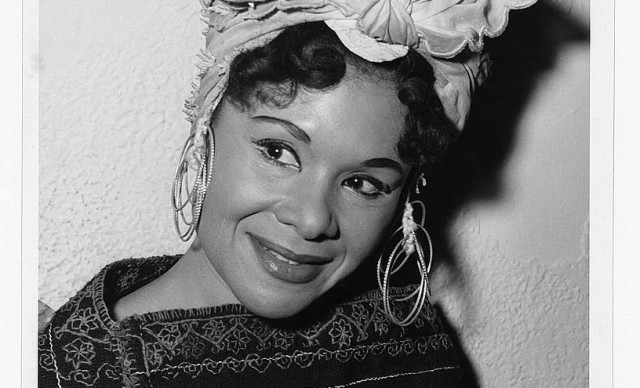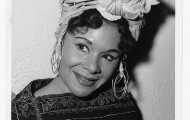
- Dance
- Music
- Writing
Katherine Dunham
Katherine Dunham is best known for her work as a dancer and anthropologist. She worked as a dancer, anthropologist, writer, educator, activist, choreographer, and singer throughout her life. Born in Chicago and raised in Joliet, Illinois, Dunham moved to Chicago as a teenager, and later attended the University of Chicago to study dance and anthropology. Combining her interests in cultural studies, anthropology, and dance, Dunham created a signature dance and choreography style, known as the Dunham Technique. She spent a great deal of time doing research in Haiti and Jamaica, and was influenced by Caribbean dance and culture as well as African American dance and culture. Together these threads form the Dunham Technique and include elements African American, Caribbean, West African, South American, and European movement, sound, and rhythm. Through dance Dunham aimed not only to produce interesting performances, but also to work actively against expectations, stereotypes, and racist beliefs about “black dance.” Dunham and her company performed at several locations in Miami during the 1940s.
Digital Archive
Image Source (Top): Phyllis Twachtman - New York World-Telegram and the Sun Newspaper Photograph Collection, Library of Congress Prints and Photographs Division Washington, D.C. - 1955


